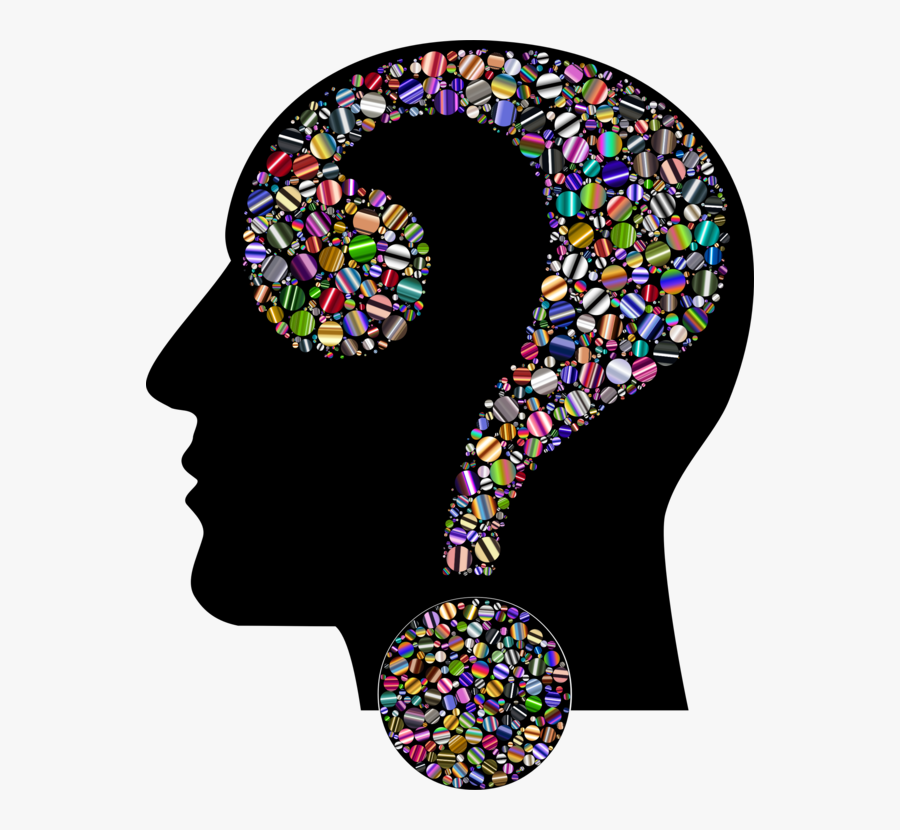Psych Therapy: A Comprehensive Guide to Results and methods

Cognitive-Behavioral Therapy
Cognitive-Behavioral Treatment (CBT) is a widely utilized psychotherapeutic technique that concentrates on identifying and modifying dysfunctional reasoning and behavior patterns. Developed in the 1960s by Aaron T. Beck, CBT combines behavioral and cognitive theories to attend to various psychological health and wellness problems, consisting of anxiety, anxiety, and stress-related problems. The premise of CBT is that maladaptive thoughts add to psychological distress and maladaptive habits. By reorganizing these thoughts, people can accomplish substantial enhancements in their emotional health and everyday functioning.
CBT is characterized by its structured, ambitious nature. Treatment typically entails a collaborative procedure between the specialist and customer, where specific problems are determined, and sensible strategies are developed to address them. Techniques such as cognitive restructuring, exposure treatment, and skill-building exercises are commonly employed. Cognitive restructuring entails tough and altering adverse idea patterns, while direct exposure therapy aims to decrease fear and anxiousness through steady direct exposure to been afraid circumstances or things.
Evidence-based study sustains the efficacy of CBT for a large range of emotional conditions - Best Psychologist in Delhi. Its emphasis on skill purchase and self-help methods empowers customers to proceed progress individually after therapy ends. The flexibility and effectiveness of CBT have actually made it a cornerstone in modern psychotherapeutic method
Psychodynamic Approaches
Rooted in the very early theories of Sigmund Freud, psychodynamic approaches focus on exploring the subconscious mind and its impact on actions and emotions. These techniques aim to uncover hidden thoughts and sensations that may be driving maladaptive actions and psychological distress. Central to this strategy is the concept of inner dispute, commonly stemming from unsolved past experiences, specifically those from childhood.
Therapists using psychodynamic techniques use several crucial approaches, consisting of complimentary organization, where clients are motivated to speak openly to reveal unconscious material, and dream evaluation, which interprets the concealed web content of desires. Furthermore, the exploration of transference and countertransference dynamics within the restorative partnership is important. These communications can supply insights into the individual's inner world and relational patterns.
Psychodynamic therapy is commonly longer-term contrasted to other methods, offering a deep and extensive understanding of the person's psyche. Research indicates that it can be particularly efficient for intricate psychological wellness concerns, such as personality disorders and chronic depression. By cultivating self-awareness and psychological understanding, psychodynamic therapy seeks to bring subconscious material to awareness, making it possible for individuals to accomplish long-term and purposeful change in their lives.
Humanistic Strategies
Structure on the foundations laid by psychodynamic techniques, humanistic methods use an unique point of view concentrated on private potential and self-actualization. Coming from the mid-20th century, these strategies focus on the intrinsic goodness and development potential of people, highlighting a holistic sight of human experience. Trick numbers such as Carl Rogers and Abraham Maslow have significantly affected this restorative approach, which incorporates approaches like client-centered treatment and Gestalt therapy.
Client-centered treatment, developed by Rogers, plays an essential role in humanistic strategies. The specialist's duty is more of a facilitator than an authority, motivating clients to harness their inner resources for recovery.
Gestalt therapy, another crucial humanistic technique, highlights present moment understanding and the assimilation of mind and body. By description concentrating on the "right here and now," customers gain better understanding right into their current feelings and actions. Techniques such as role-playing and assisted visualization are often employed to assist customers gain a much deeper understanding of themselves, eventually causing enhanced self-awareness and satisfaction.
Integrative Treatments
Integrative therapies represent a synthesis of numerous healing methods customized to meet the distinct requirements of each customer. This method acknowledges the complexity of human psychology and the diverse nature of mental health issues. By combining components from various colleges of psychiatric therapy-- such as cognitive-behavioral therapy (CBT), psychodynamic therapy, and humanistic methods-- integrative treatments offer a more holistic and flexible treatment paradigm.
Professionals of integrative treatment analyze each customer's details requirements, signs i thought about this and symptoms, and individual background to develop a tailored therapy strategy. This personalized strategy enhances the potential for healing success by addressing the origin of mental distress and promoting general wellness. Techniques might consist of mindfulness workouts, cognitive restructuring, and psychological processing, each selected to target different aspects of the customer's concerns.
Additionally, integrative treatments emphasize the healing partnership, seeing the client-therapist bond as an important component of reliable therapy. This partnership promotes a supportive setting where customers really feel safe to discover and address their issues. The versatility of integrative treatments makes them appropriate for a wide variety of problems, including stress and anxiety, depression, trauma, and social problems, therefore increasing their applicability and performance in varied clinical settings.

Gauging Therapy End Results
Examining the efficiency of psychotherapy is important for both medical professionals and customers to make certain that the therapy is generating the preferred outcomes. To attain this, various methods and devices are used to measure therapy end results methodically. Standard evaluation instruments, such as the Beck Depression Stock (BDI) and the Generalized Anxiousness Condition 7 (GAD-7), offer measurable data on signs and symptom extent and modifications gradually.
Along with standardized devices, qualitative approaches like client self-reports and scientific interviews use useful insights into the personal experiences and viewed progression of clients. Frequently set up evaluations, typically at the beginning, axis, and end of therapy, help in tracking the trajectory of renovation or identifying locations requiring modification.
Outcome dimension is not restricted to sign reduction; it also incorporates functional enhancements in day-to-day life, such as better social relationships, enhanced work performance, and enhanced total health. Modern advancements in electronic health have actually presented mobile applications and online systems that promote real-time surveillance and comments, better refining the evaluation procedure.
Eventually, a comprehensive strategy to determining treatment end results webpage guarantees that restorative treatments are reliable, efficient, and customized to meet the individual needs of customers, therefore enhancing the total healing experience.
Conclusion
Humanistic methods concentrate on personal development and self-actualization, while integrative therapies combine multiple methods for customized therapy plans. Examining therapy outcomes with qualitative techniques and standardized analyses makes certain a thorough understanding of performance, ultimately guiding customers toward enduring mental wellness enhancements.
From the organized strategy of Cognitive-Behavioral Therapy (CBT) to the deep expedition of the subconscious in psychodynamic therapy, each method brings special advantages. Its emphasis on skill purchase and self-help techniques empowers clients to continue progression separately after therapy ends (Best Psychologist in Delhi). Trick numbers such as Carl Rogers and Abraham Maslow have substantially affected this healing approach, which includes approaches like client-centered treatment and Gestalt treatment
